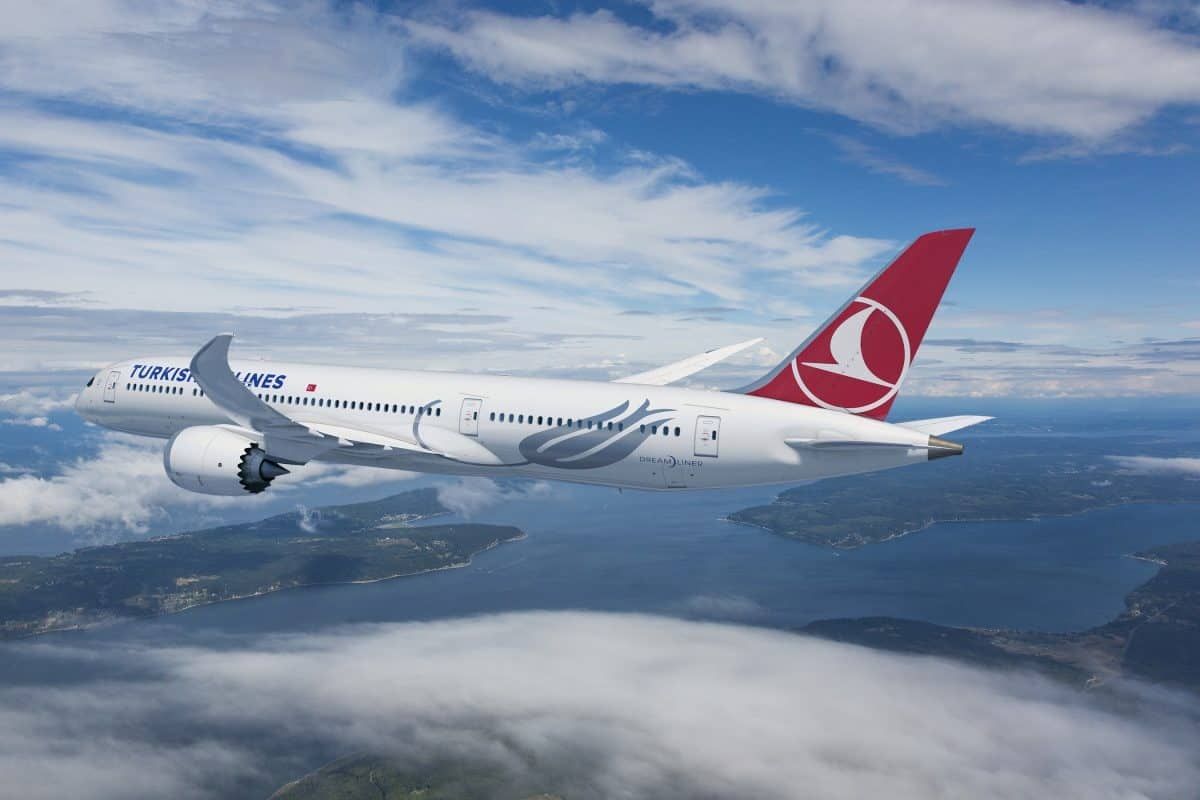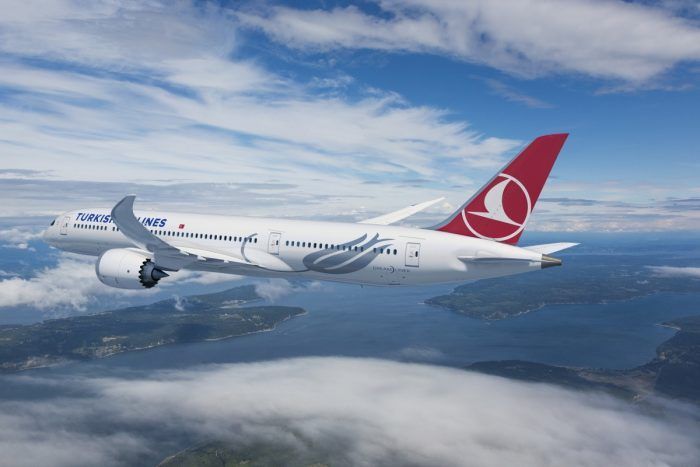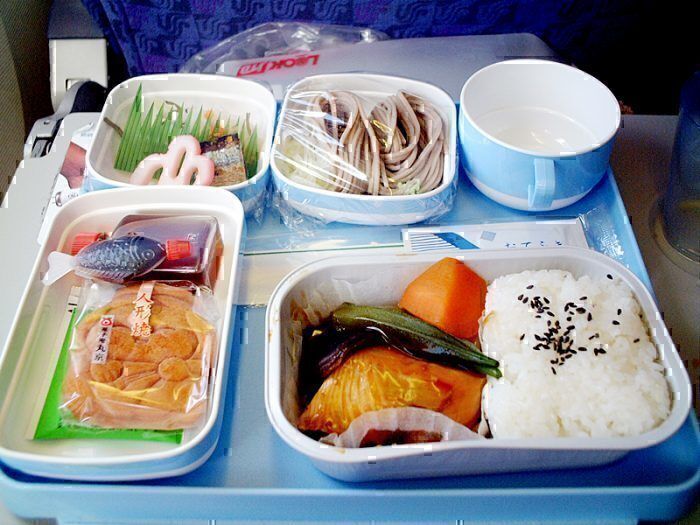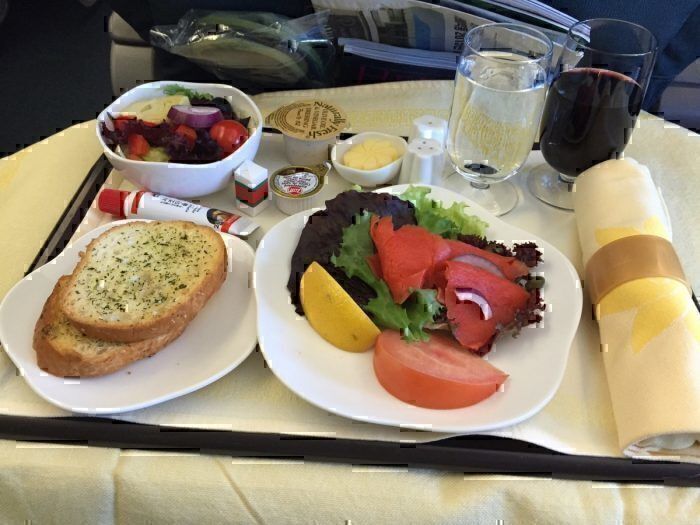The airline industry has evolved massively over the years, but one sometimes overlooked aspect of this evolution has been the development of in-flight catering. Airline food was not traditionally viewed as being particularly appetising, but that perception is definitely beginning to change, as carriers invest more time and effort into delivering high-quality cuisine.
Interestingly, this year marks the centenary of airline food, with the first-ever meal having been served on a Handley-Page flight from London to Paris in 1919. Food served to passengers on that inaugural occasion included fried chicken, sandwiches, and fruit salads.
Kitchens develop
As technology developed, kitchens first appeared on aircraft in the 1930s, which expanded the horizons of what could be offered. United Airlines was a pioneer in this regard, having introduced the first airline kitchen in 1936. This was then followed with the advent of frozen airline meals in the 1940s, as airlines began to tackle the logistics involved in serving food to potentially all passengers.
The 1950s were generally a golden age for America and can be associated with the promotion of comfort, convenience and luxury in airline food. Pan Am promoted its silver service at this time, with dishes increasingly being prepared onboard aircraft.
Another major landmark in the history of airline food was the entry into service of the iconic Concorde. The maiden flight of this aircraft was on March 2nd, 1969, and British Airways became renowned for the outstanding cuisine it offered at this time. By the time of its final flights in 2003, champagne, caviar, truffles, foie gras, and lobster were being served onboard Concorde.
Airlines follow suit
Other airlines rapidly followed on the back of the opulence of Concorde. In 1973, the French airline Union de Transports Aériens recruited the chef Raymond Oliver to assist with recalibrating its menus. But airline food continued to enjoy a mixed reputation throughout the following decades, often being considered expensive, yet of poor quality.
Another important aspect of airline food is the snacks that are served on board. Crisps, nuts and other staples have been a feature of the airline industry for many years, but today these are chosen with extreme diligence. Most airlines have dedicated product teams that are tasked with carefully selecting snacks based on such factors as taste, transportability, consumer demand, nutritional value, and branding.
Indeed, it has only been in recent decades that airlines have begun to invest heavily in delivering quality food onboard aircraft on a regular basis. As carriers have recognized that food is a fundamental part of the in-flight experience, so far more effort has been invested in meal and menu planning. Several airlines have sought assistance from renowned chefs in an attempt to improve their food, with British Airways turning to Heston Blumenthal, Singapore Airlines enlisting Carlo Cracco, a two-star Michelin chef, and Air France employing Joel Robuchon.
Lavish experience
This means that lavish, restaurant-quality food is becoming a common experience on airlines nowadays, a reality that has become ever more pressing for carriers considering the feedback culture that the Internet has helped create. Any airline that fails to deliver quality cuisine can expect to be royally roasted via the many websites that enable passengers to post reviews and give general feedback.
Global airline catering has now become massive business, with the market worth valued at $17.7 billion in 2018, and projected to grow to $24.3 billion by 2024. The days of a soggy sandwich and inedible omelet are hopefully over for most airline passengers.




